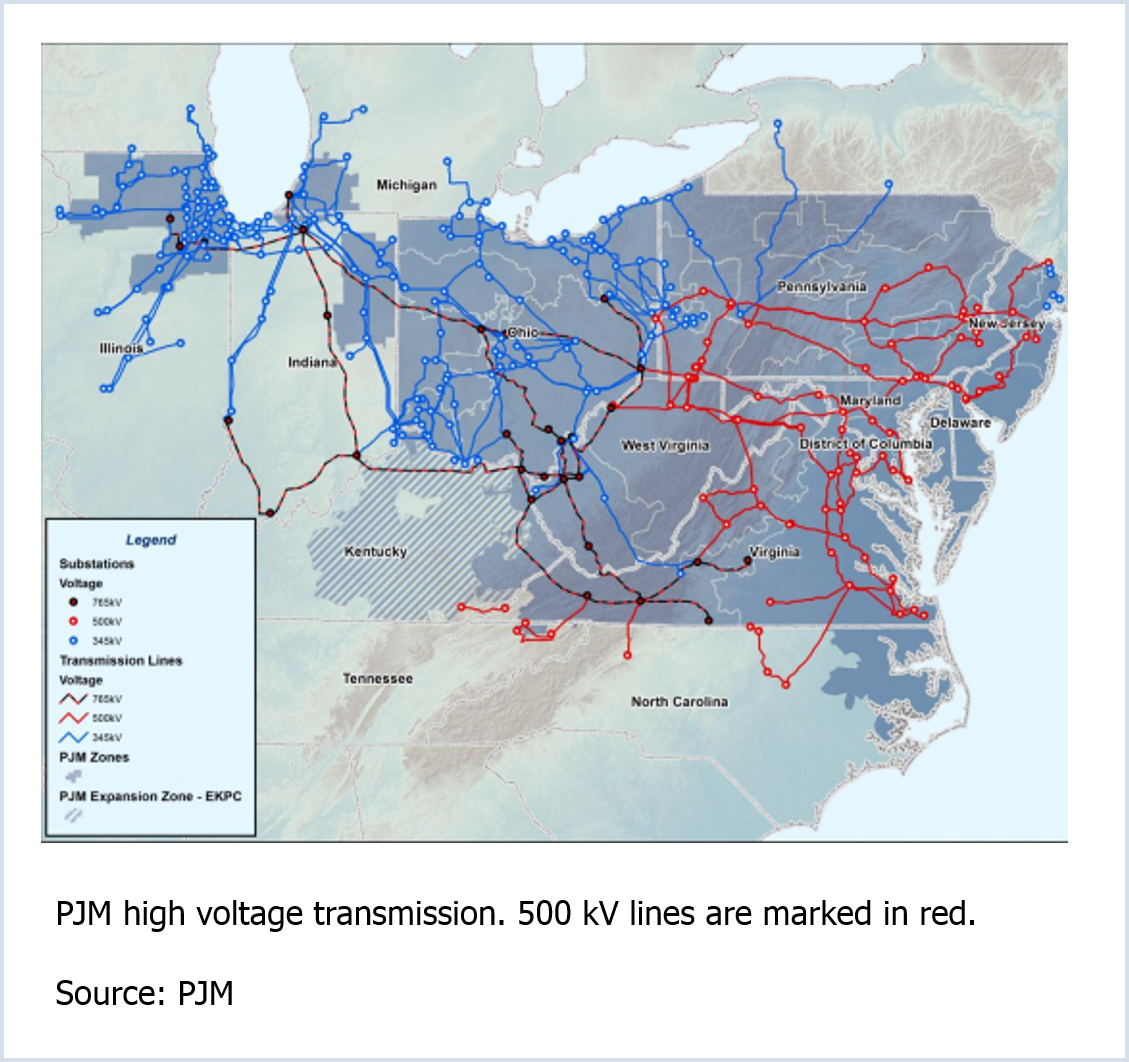By Michael Brooks
The Federal Energy Regulatory Commission last week ordered settlement judge and hearing procedures to determine how costs should be allocated for PJM transmission projects of 500 kV or more that were approved before February 2013.
PJM’s “postage-stamp” cost allocation for the projects was challenged in court by the RTO’s Midwestern utilities. The method billed all PJM utilities in proportion to their load, regardless of where the projects were located.
The Seventh Circuit Court of Appeals has remanded the case back to FERC twice, most recently in June. The commission had originally approved the postage-stamp method in 2007 and attempted to justify it in its order on remand. The court, however, ruled that FERC had again failed to show how a western utility would benefit as much as an eastern utility from new transmission facilities in the east. (See PJM: Court Ruling Won’t Upset ‘Hybrid’ Cost Allocation.)
In last week’s order, FERC noted the court’s criticism, saying it expects PJM and the western utilities “to support their respective proposals for cost allocations for these projects with quantitative evidence, or at least an estimate of the benefits, adjusted as necessary to reflect any uncertainty in benefit allocation among the PJM utilities.”
The case concerns 15 projects costing $2.7 billion.
FERC urged PJM and the utilities “to make every effort to settle their disputes before hearing procedures are commenced.” A settlement judge will be appointed by Jan. 2 to oversee the discussions (EL05-121-009).
PJM replaced the postage-stamp method last year with a hybrid formula that allocates half the costs using the former method, with the remaining costs allocated by a solution-based distribution factor (DFAX).

